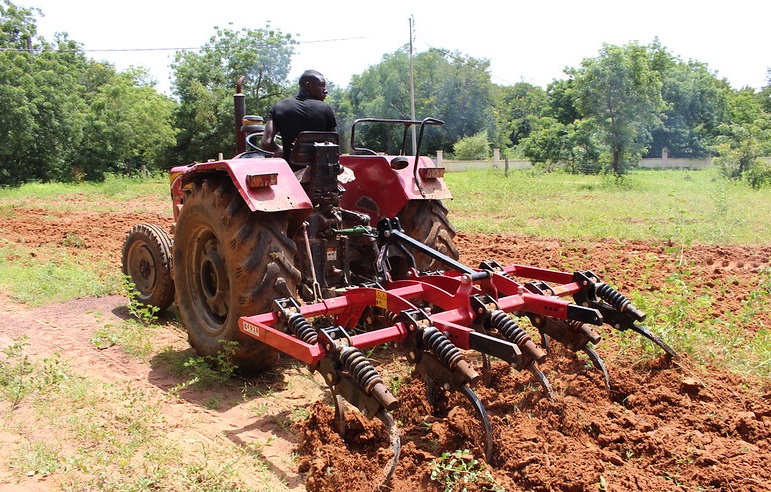Abstract:
Zambia’s cotton has had a very good reputation on the
international market for a long time. In order to maintain this
reputation, the cotton Development Trust of Zambia continues
to evaluate germplasm for suitable parents. In this study, the
combining ability of crosses between cotton mutants and
interspecific lines was evaluated. Crosses influenced all cotton
quality traits significantly (P<0.01). Both additive and nonadditive
gene action were important in controlling all fibre quality
traits except yield and earliness. Narrow sense heritability was
low, implying that selection must be made in later generations
of breeding. Line MFKF-20Kr was the best combiner and
should be considered as a parental source for most quality traits
in Zambia’s cotton.
Le coton Zambien a eu une réputation excellente sur le marché
international pendant une longue période. Afin de maintenir
cette réputation, la firme fiduciaire de développement de coton
de la Zambie continue à évaluer le support génétique pour les
parents appropriés. Dans cette étude, la capacité de
combinaison des croix entre les mutants de coton et les lignées
interspécifiques a été évaluée. Les croix ont influencé de
manière significative (P<0.01) tous les traits de qualité du coton.
L’action additive et l’action non-additive de gène étaient
importantes dans la surveillance de tous les traits de qualité de
fibre excepté le rendement et la précocité. L’héritabilité étroite
de sens était basse, impliquant que le choix doit être fait dans
les générations postérieures de la reproduction. La lignée
MFKF-20Kr était le meilleur combinateur et devrait être
considérée comme source parentale pour la plupart des traits
de qualité du coton Zambien.

